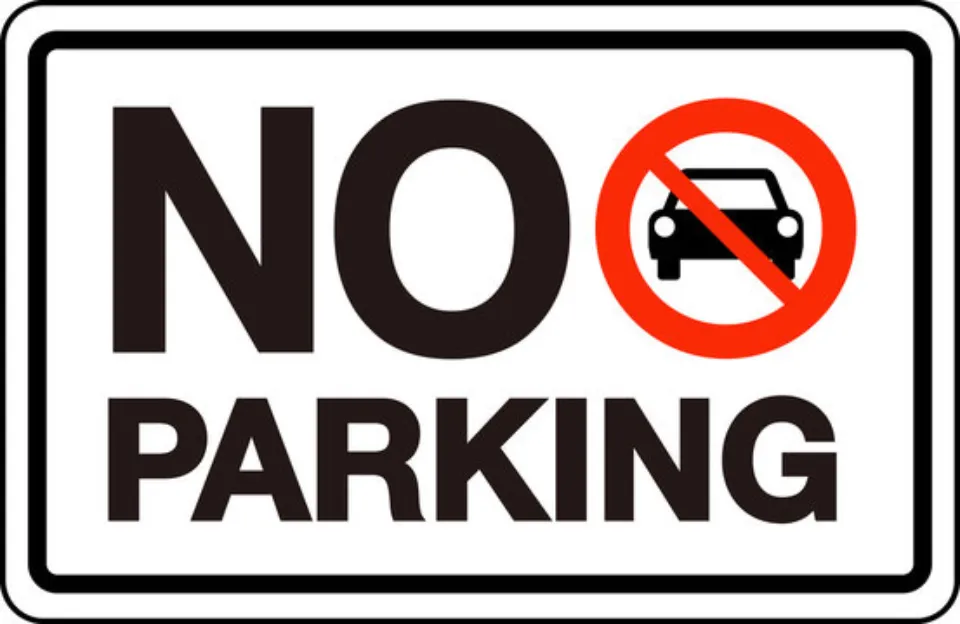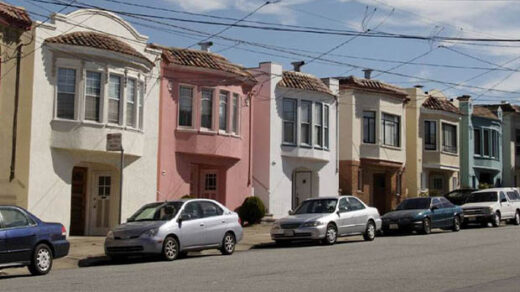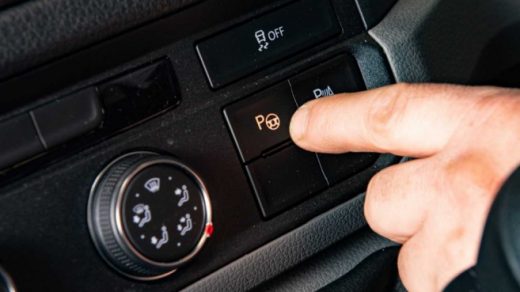Here is a complete guide on legal requirements for No Parking signs.
To make the roads as safe as they can be for all users, traffic signs are essential for guiding, educating, and controlling road users’ behavior.
This makes traffic sign knowledge crucial for all users of the road, including experienced professional drivers, not just new drivers or riders needing to pass their theory test.
Learn more about No Parking signs by continuing to read.
Table of Contents
What Are Legal Requirements for No Parking Signs?
All signs must adhere to current standards for color, shape, and location in order to be in compliance with federal regulations. It will be necessary to include a red legend and a red border on a white background if it is prohibited only during certain hours or always.
Indicators should have a green legend and border against a white background when parking is permitted for a brief period of time or in a specific way.

All signs that are used must always include all pertinent information on the placard, starting at the top and working down. The uppermost piece of information should be the specific type of prohibition or restriction involved, and right below that should be listed the times of day when those restrictions are in place.
At the bottom, it should be clearly stated which days of the week restrictions are in place, if they are not in force on every day of the week.
It is necessary to inform drivers of the boundaries of any prohibition or restriction that only applies to a specific area by using arrows or other signage.
Places Where Parking is Not Permitted at All Times
- In front of any private or authorized driveway
- All national roads in Metro Manila
- Within six meters of any intersection
- Within four meters of driveways or entrances to any fire station, hospital, or clinic
- Within four meters of a fire hydrant
- On the roadside of any legally parked vehicle (double parking)
- On a pedestrian crosswalk
- On the sidewalk, path or alley not intended for vehicular traffic or parking
- within walking distance of bridges.
How Close Can Someone Park in Front of One of These Signs?
Knowing the general guidelines for No Parking signs is a good idea because they can be used in a variety of scenarios, many of which may have a different proximity allowed.
For example, parking within 20 feet is prohibited. of a pedestrian crosswalk, within 15 ft. of a fire hydrant, within 50 ft. of a railroad crossing, within 30 ft. of a Within 20 feet of a stop or yield sign of a fire station driveway, or within 20 ft. of an unmarked intersection.
Generally speaking, you are not allowed to park any closer to a No Parking placard than 10 feet, though 15 feet is probably better, in order to completely avoid whatever the situation is that necessitates the restriction in the first place.
An accompanying section of painted curbside, typically red or yellow in color, that shows you the prohibited area may sometimes be used to indicate the distance you must park away from a placard.
When you see a No Parking sign with an arrow pointing left, it means that the restriction only applies to the area left of the placard itself, and the same is true of a right-pointing placard.
Additionally, you may come across arrows pointing in both directions, which denotes that parking in both directions is not permitted. Other indicators will announce specific times of day or days of the week when prohibitions are in effect.
Related Posts:
Can I Post My Own ‘No Parking’ Sign?
The rules regarding the placement of No Parking signs for personal reasons, such as by the curbside of your house, vary widely throughout the country, and are generally governed by local jurisdiction such as a highway commissioner.
The prohibition on installing these indicators anywhere near the road on private property and the right for the highway authority or any local police force to remove them at any time are probably the regulations that are most commonly in place regarding their placement.
If the entire area covered by the placard is less than 5 feet, such indicators may be placed on private property., and is no closer than 10 feet to an adjacent zoning lot, while also being less than 10 feet tall.
There are additional exclusions that might be relevant, such as when signs for sale or rent are also installed.
Setups for non-commercial events like parties, garage sales, school events, or political campaigns are other instances in which they might be acceptable. The indicators must, however, generally abide by the townships’ specific specifications.
Final Thoughts on Legal Requirements for No Parking Signs
Even if other vehicles were improperly parked when you arrived, your car must always be completely within the bay markings to avoid receiving a parking ticket.
If your vehicle is too large to fit in the bay there is also a possibility that you will receive a parking ticket. Attempt to locate a bay where your car will fit.
Frequently, restrictions only apply during certain hours of the day or on certain days of the week. Parking is available for free outside of the specified hours.
If there are no days or times shown on the signs for the bays, the need to abide by the requirements shown on the signs apply at all times.
FAQs
What Are Park Signs?
Parking sign means a sign, within the public right-of-way or adjacent thereto, that directs motorists to parking facilities
What is the Purpose of a No Parking Sign?
In addition to enforcing parking laws, no parking signs have many other important functions. They are essential for alerting drivers to reserving parking, keeping fire zones clear, and much more.
Are Private No Parking Signs Legal UK?
Enforcement of parking on private land is not regulated so the laws of contract and trespass apply.



